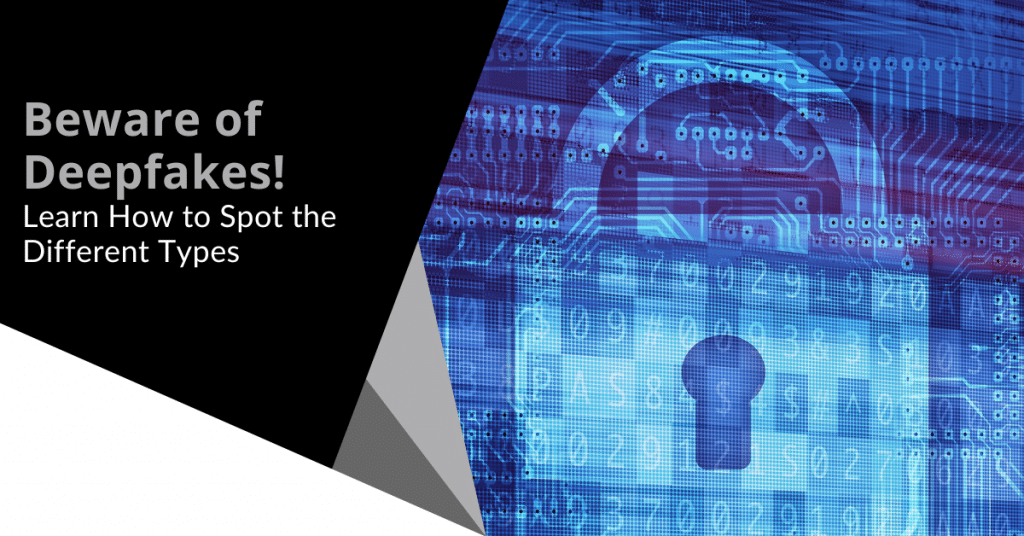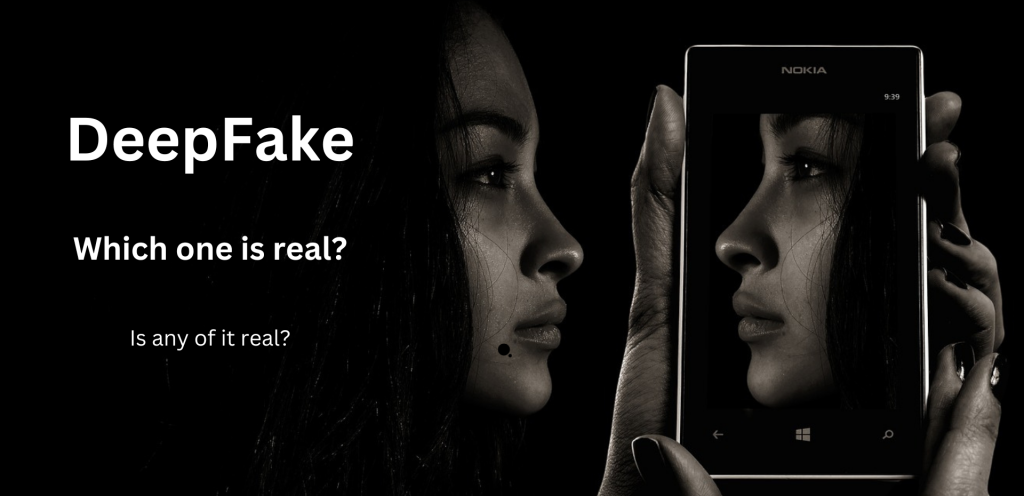The advancement in AI technology has opened new doors of possibility across industries. While most would like to take advantage of this for good, unscrupulous individuals have also exploited them. One of the advancing threats causing concern in data privacy compliance that is coming out of this is deepfake. The technology itself certainly cannot be branded as bad. In fact, it can be a great tool in industries that require creativity such as entertainment, fashion and advertisement. The earliest and most popular case of this to be used in movies was in the 2013 Fast and Furious franchise. However, the use of this technology by people with ill intent has given it its negative reputation.
Deep Fake, Data Privacy Compliance Headache
In 2017, videos of Porn stars were superimposed with the faces of other celebrities doing pornographic acts. Since then, fakers have fine-tuned their art of deception using AI and made deepfake more convincing.
Perhaps one of the most popular cases of deepfake that shook a lot of law enforcers, lawmakers, data privacy compliance experts and other security and intelligence organizations was in 2021. This is the Tom Cruise on TikTok case. Videos of the actor suddenly popped up online under the said platform. In these short clips, he was seen doing and saying uncharacteristically odd things such as a coin trick, eating a lollipop and getting fascinated by the gum in the center, among others. With how realistic the deepfake results are, it was evidently becoming clear that this deceptive technology poses a lot of danger. In line with this, one of the latest cases of deepfake that hit the headlines happened at the start of 2024.

Data Privacy Compliance
A company in Hong Kong was scammed out of over $25 million dollars. Data privacy compliance experts noted that this happened after an employee was convinced to remit the money into an account after getting into a video conference call with their supposed CFO (Chief Financial Officer). The video call even included other employees and officers of the company to dispel any doubts that the employee had. Later, it was found that the video call was a spoof and everyone in the call was created using deepfake.
The issue of deepfakes has become more pressing. In the coming months, it is expected to create chaos in the political scene especially with a lot of political changes scheduled to happen in 2024. An example of such would be the US Presidential elections and the fake robocall that mimicked the candidates’ voices.
What are the types of deepfakes and their telltale signs, according to data privacy compliance experts?
There are multiple AI-assisted research projects that are already on the way to detect deepfakes easier. Despite this, it is still very much behind the threat at this stage. Therefore, personal knowledge of what to look for can lessen the chances of you becoming a victim. And yes, there are different forms that deepfakes can take. Below are some of them and some key features to watch out for to spot them.
1. Face-Swap
This is when the face of one person is used over another person’s body. Think of when you place a sticker of your favorite cartoon character to cover the face of someone in a photo. Only this is a video which uses high-quality footage. Using advanced AI algorithms, the results are very convincing. It is also the usual kind deepfake spread across the internet.
Check for:
- Inconsistencies
Focus on looking at the lighting, skin tone and even expressions of the face. Faked videos would show signs such as weird hair movement or faint misalignment around the face and neck. There can also be unnatural differences in skin tone or lighting in this area.
- Source
Did the video come from a website with a good reputation? Fakes usually pop up from random social media platforms, sources or channels.
- Voice
Does the person’s voice match the face and speech pattern? Compare them to the person’s verified videos and listen closely for the tone, pitch, nuisances and even accent.

Data Privacy Compliance
2. Voice Mimic
As the name suggests, it is the type to generate recordings of “made-up” voices. They copy a person’s speech, which includes intonation and accent. They create this tool to make a person appear to say something which he or she did not. This is, so to speak, the upgraded interpretation of putting words into someone’s mouth.
Check for:
- Audio Quality
Unnatural or robot-like sound, sometimes very slightly, can be observed in deepfaked voice recordings. Using an authentic voice recordings of the same person, you would be able to notice the difference. You may also observe some misplaced pauses, word emphasis and incorrect pronunciation
- Content and Context Consistency
Manipulated voice recordings can usually come up contradictory to what the person would possibly say or believe in. In some cases, it can be out of context. Again, compare it against known facts.
- Other Evidence
Fact check. One should be able to find evidence to support what is being said. When a person is talking about a certain topic, for example, usually they have already made the same argument in the past with the same line of thinking. If what you are hearing is all new coming from this person, it would be best to hold judgment.
3. Written
Yes, deepfake also comes in written form. This type of deepfake targets anything that has to do with texts. This includes emails, blogs, social media posts and much more. They can imitate a person or organization’s writing style. As such, hackers can turn this into a tool to spread false information. This can also spoof different people in power for organizations that can lead to terrible consequences.
Check for:
- Inconsistencies
Each person who writes has a specific writing style. This will include a particular set of vocabulary and will go on a certain tone. When going through written items such as emails and blog posts, try to match it with the usual way the person writes. Check for unusual phrases or words, incorrect grammar and irregularities in the tone.
- Facts
Always fact-check. Make sure to cross reference information presented with other sources. You can either check online, with another teammate or any other available resource. Do not trust one content to be true and correct.
- Emotional triggers
Hackers can use emotions to evoke a response from the reader. Beware of contents that use this kind of manipulation. Check for content that rouses anger, fear or anxiety. Counter-check the details and see if there is a valid reason for these emotions. Sometimes, it may require you to step back and logically think about the written information before taking action. Do not respond in the heat of the emotional attack.
4. Videos Using Objects
This kind of deepfake is the most complicated and requires more planning and thought processing to complete. It also means that for people to exert such effort, the goal would be far more sinister. Scammers would need to control and change elements in the video itself. This can mean changing their appearance as well as speech and behavior. They can also employ actors in order to create events or get the visual effects they want.
Check for:
- Movements
Focus on the movements in the video. Check if the movements are natural and consistent. Does it appear to violate the law of gravity? How about inertia? Simply put, does it make sense for this object to be swaying this way or that way? Similarly, look for consistency when it comes to changing size as well as how light and shadow move from one frame to another.
- Availability of Original Footage
Go online and check if there is a similar video that might be the original footage of the one you received. Check for the source and see if it is reliable or dodgy. Compare other versions of the video from different sources and you will get to identify which one has alterations to achieve a sinister goal.

Data Privacy Compliance
Be vigilant and take multiple steps to get ahead of these data privacy compliance threats
Make sure to take the information you get seriously. Familiarize yourself with the red flags and check on them every time you see something suspicious online. Make it a habit to cross-reference information you receive and stay with reliable sources as much as possible.
Be multiple steps ahead of these hackers by getting professional IT and cybersecurity assistance. They can do a full sweep security check on your system and advise you of possible vulnerabilities you might have overlooked. Your IT security team will also remove the threats should they be present and assist you in making sure defenses are up and working well. They can also provide your team with good training and resource material, so they are also aware of what to watch out for. A knowledgeable team, if your first defense from deepfakes.
Call us today and schedule your consultation!
